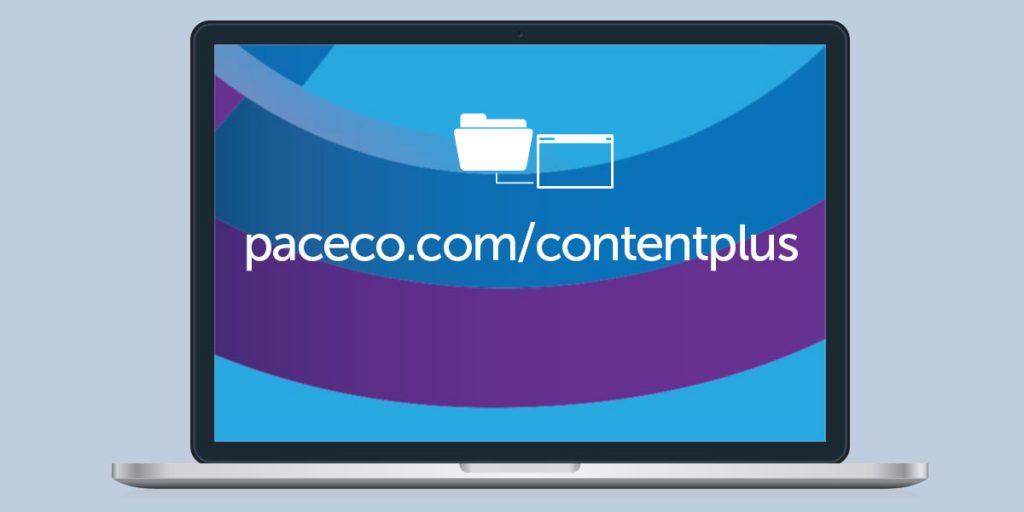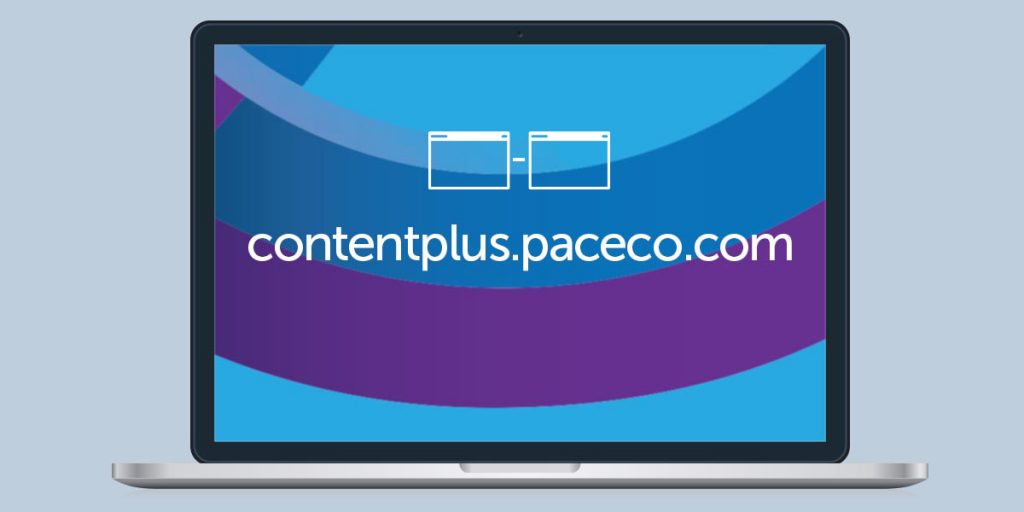One of Pace’s newest ventures is Content+, a personalized hub established to provide great ideas to marketing executives who want to explore the world of storytelling and thought leadership. As a team at Pace, we knew we should share our knowledge and showcase some amazing thought leaders; what we did not know was where this content should live. Thus began our logical journey down the rabbit hole of standalone microsite vs subdirectory vs subdomain to determine the best approach.
Was Independence Our Driver?
Option 1 – The Microsite
The first suggestion was a microsite that lived on a separate domain; however, the search engines clearly demonstrated their end-goal tactics to condense and clean up the web, as evident with Google’s Panda, Penguin and Pirate updates, so we were rather hesitant about this option from the start. We also set realistic expectations, realizing this site would likely never go viral enough to drive adequate traffic to sway rankings in our favor.
Pros of a Standalone Microsite
- It would allow us to differentiate this content with a distinctive look, feel and location.
- If our message and keyword content were completely different from our main site, we could have focused this custom site around ranking these terms without the stress of removing the keyword focus of our main site.
- Such would provide an opportunity to have fun with a new domain name and possibly gain the use of shorter and catchier URL names.
Cons of a Standalone Microsite
- Creating a brand new site literally means we would have to start at square one–with no domain authority.
- We were slightly concerned that our keyword permutations would be similar, and we didn’t actually want to cannibalize both this separate site and our main domain if we accidentally used too many external links pointing back and forth.
- If we used a new platform/CMS, we were looking at extra time if we later decided to migrate the content over to our main site.
We ruled out this option because we did not want to start at the bottom for site authority when we could include this content somewhere within our main domain to make it even stronger.
Should We Focus Primarily on Pleasing the Search Engines?
Option 2 – The Subdirectory
While SEO should always be a strong consideration, we had several factors to acknowledge. We did not want to sacrifice style and a diverse branding that could not occur if included as a subdirectory. Yes, we could drive all of our traffic efforts to the main domain and its subsequent folders, but we did not want this material to get lost in the shuffle.
Pros of a Root Domain Subdirectory
- This option is obviously the fastest way to give newly published content a strong SEO boost because it could latch to the coattails of our established domain authority for trust rank, domain level link metrics, various quality scores, etc.
- User experience is important, and this choice is the most consistent and seamless approach as visitors navigate throughout our site.
- Unlike a microsite that originates from the ground level to build authority and a subdomain—which might not always inherit all of the ranking abilities of the main domain or other well-inclined subdomains—we have determined through our observations that subfolders reap almost all of the rewards.
Cons of a Root Domain Subdirectory
- We wanted to use a more fluid platform theme to show our creative side beyond additional templates created within our main platform.
- We knew this approach would force us to use longer URLs that were further away from the root domain if our site were to become paceco.com/.
- We wanted to diversify these content pieces from our main site because the goal was to inspire and educate, not simply serve as a ploy to seek new business partnerships. If we made the design too different, it would not meet visitors’ expectations for the similar look and feel they consistently experience throughout the rest of the site.
All Considered, What Was Our Best Approach?
The Winner – The Subdomain
Because we were launching this site separate from our main site that already comprises Pace Perspectives, a digital and content strategy whitepapers hub, and our Pace Blog that offers our thoughts, research and observations on all content, engagement and results, a subdomain was the winner. This allowed us to branch out separately from our main site and still gain the benefits of attaching this content hub to our main domain.
Pros of a Subdomain
- We wanted visitors to know that this subdomain was an extension of Pace, and attaching it to the main site allowed us to separate this work from the main site while still maintaining the strong connection to our company as a whole.
- By allowing the naming convention to include the keyword “content,” we aspire to drive stronger branded organic traffic for those seeking keyword permutations around “pace content.”
- Through observation, we assessed that while Google limits the number of search results coming from a subdomain, it often shows more of these terms also exist within the main domain and, of course, we want to stack the shelves!
Cons of a Subdomain
- We accepted that there is always a risk factor associated with not including content as a subfolder, but we intended to develop trust in our new audience by setting this content aside.
- We acknowledged it required more development and management of this separate entity in terms of formats, styles and mapping when we were creating our additional content inspirations hub, but ongoing maintenance would be as easy as our current schedules of upkeep.
Over the next few weeks, we will continue to monitor rankings and traffic, and we will keep you posted. Who knows—we may test migrating this subdomain to a subfolder in the future. Stay tuned!






